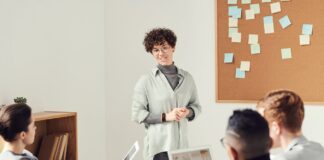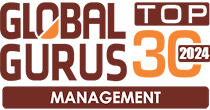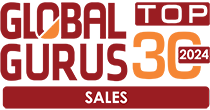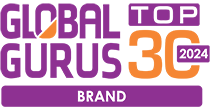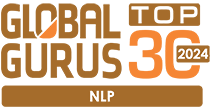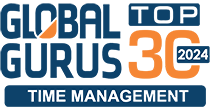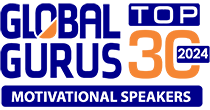A Guide to Building a Business Application
July 17, 2020
An application can prove to be a hugely valuable asset for any business, often being the most frequent point of contact with a customer. A quality application needs to both function seamlessly, and represent a company’s culture and values. Whether one is starting from scratch or already has a site up and running, there are always things that can be done to improve application efficiency.
- Establish the End Goals
Before any work begins, a business needs to consider what their goals and objectives are, since this will likely affect work later down the line. Some common goals include:
- Building the brand
- Driving sales
- Lead generation
- Improving interaction with current and potential costumers
- Becoming an authority source
Once goals have been set, it can be useful to make a note of the starting point, which can later be used as a benchmark for progress.
- Define the User Experience
Once the purpose of the application has been determined, the next thing to consider is user interaction. Conceptualize a plan of how the user will navigate through an application as well as all the features that are going to be included. Many choose to use wireframing tools to make this process simpler. Whichever method you use, make sure it is as detailed as possible to save time and money down the line.
- Choose a Framework
An application framework is essentially the software skeleton on which an application is built around. They majorly reduce the complexity of application building and management. Since the framework provides the fundamental structure for the application, choosing the right software is vital. For example, some of the advantages of Laravel framework include outstanding security, a faster-time-to-market, great authentication, and improved performance.
- Conceptualize the Design
When it comes to design, there are two main areas to focus on — usability and representation. The usability of an application is typically formed during the app building process: it can often define the usefulness of the application. Functional design can include simple navigation, visual hierarchies and a comprehensive layout and structure.
The next step of application design is more aesthetically focused, concerning things like font, color palette, and images. Successful brand aesthetics seamlessly unite brand culture with the target audience. One of the most effective ways of achieving this is visual coherence of design and communication activities. To ensure the consistent promotion of brand identity and differentiation within the market, it is essential a business keeps its aesthetics cohesive across all platforms, websites, applications, and social media.
- Integrate Analytics
Having analytics built in to an application can prove to be a hugely valuable resource, providing data on customer behavior such as sales, engagement, and retention.
- Ask for Feedback and Respond
No matter how detailed the planning and design processes, some things can never be predicted. Once an application has gone live, analyze user behavior and interactions to identify areas that can be improved. This process can be priceless not only in the early days of the application, but throughout its lifespan, as ongoing improvements add value to the user, resulting in higher usage and return rates.

